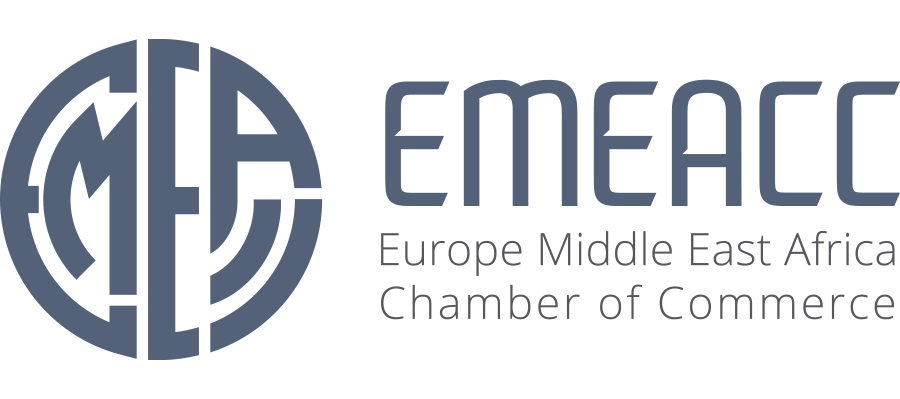Organizing data management involves maintaining research materials and other files in a format that makes it simple for them to be found and comprehended. This involves labeling and arranging files in order to make it easier to find them, linking materials and files in a meaningful way, and ensuring that descriptions and metadata are clearly linked and associated with the files.
It is essential to consider how the files are organized and labelled, whether they are stored in an orderly system of folders or as individual files. A consistent file naming system can ensure that all documents and data are easily identified in the future, and it is important to note that many disciplines have their own guidelines for this. A short text or README file added to the folder may help.
It is essential to map out the folder hierarchy as well as the naming conventions prior to starting any project. These practices should be documented and shared with colleagues and may be included as part of the documentation required for new members of a research team.
A good data governance system can save companies money over the long term by increasing transparency and reducing waste. Data mistakes can cost organizations huge amounts of money. It is believed that incorrect or incomplete data costs US businesses between 15% and 25 percent of their revenue each year. Implementing reliable software that aids in the creation, cataloging, and governance of data will help mitigate these issues.
